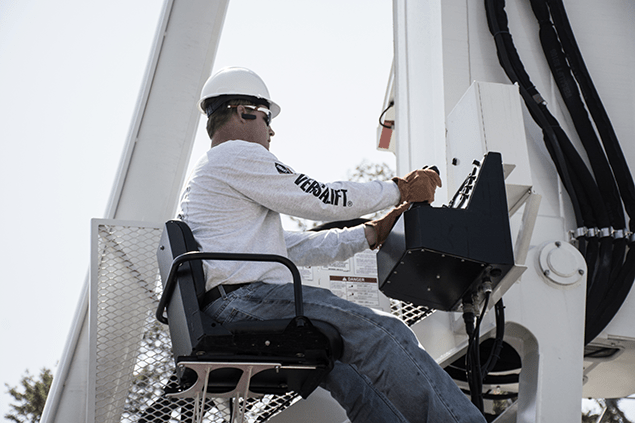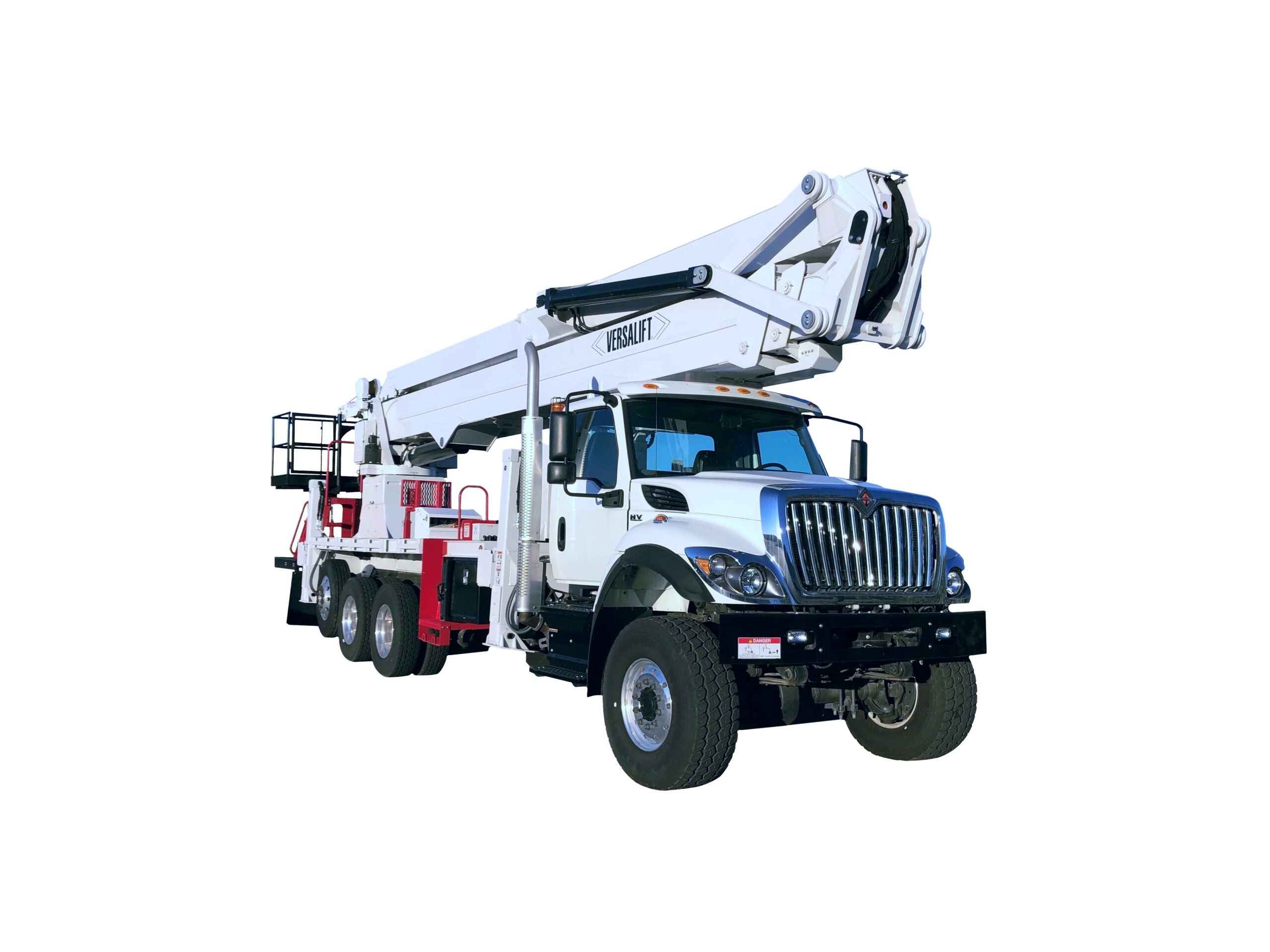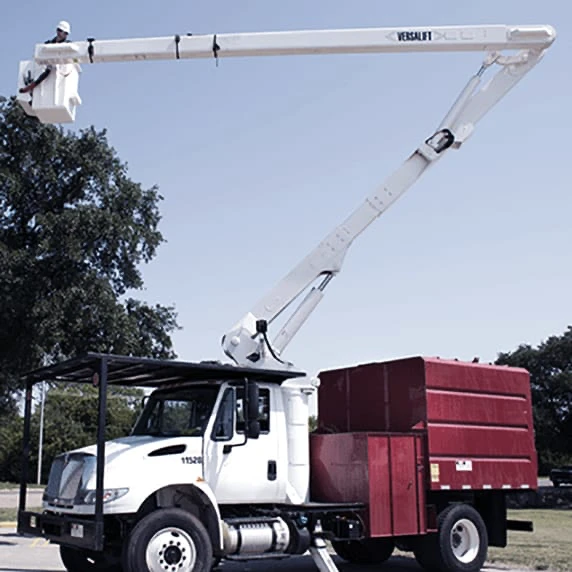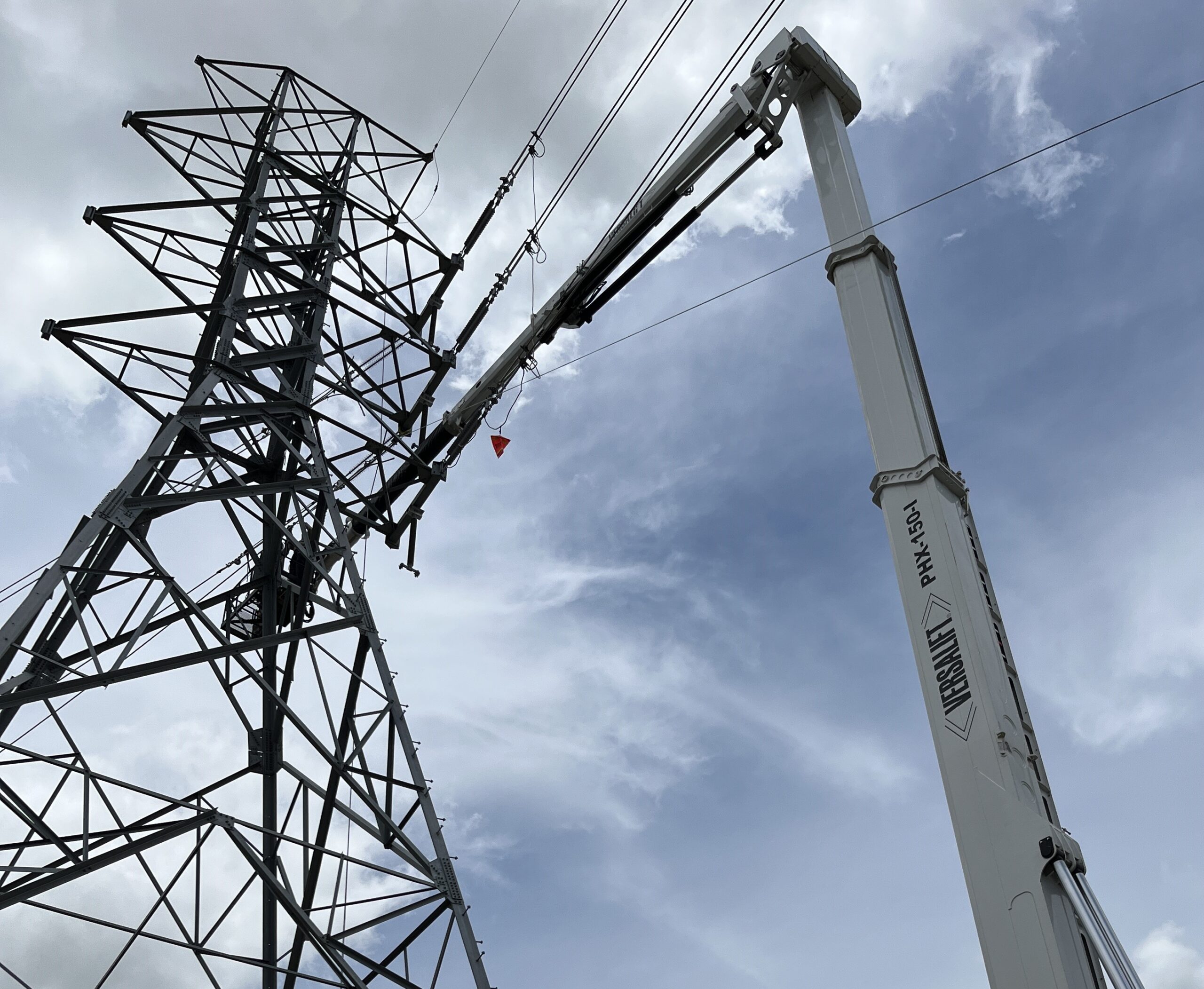Aerial Lift Training | Versalift

GET YOUR AERIAL LIFT TRAINING HERE
We offer two types of training. Versalift FIT offers a suite of digital and online learning tools focused specifically on the safe operation of Versalift vehicle-mounted aerial lifts. Instructor-Led Training is our on-location training of new and experienced linemen and technicians.

Do you need training
We are serious about your safety. Training improves safety, increases productivity, enhances awareness and fulfills your legal obligations.
Our qualified instructors ensure that your staff experience quality training, direct from the platform manufacturer. Training can be taken through our online learning platform or given on site using our latest facilities. Contact our training manager or access our online platform below.
Aerial Lift Training – methods
Instuctor-led Training
On location training of new and experienced lineman and technicians.
Online training
Visit Versalift and see all of our online training
Aerial Lift Training – Course Description
Aerial lift training courses are offered in both online and in-person formats. Each training program contains six learning modules:
The purpose of this introductory module is to prepare you for the rest of the course. You will learn the key terminology used when describing an aerial lift, and you will be introduced to key concepts that will be presented and explained during the rest of the modules. In this brief module, you will learn the key terms and basic concepts that apply to aerial lifts. You’ll need this knowledge to be successful throughout the course.
The inspection section comes next, and in this module, you will learn about how to locate and use your Versalift equipment pre-start inspection checklist, to become familiar with the entire set of placards and decals, and to confidently describe next steps if your daily pre-start inspection reveals any potential problems with the equipment.
The purpose of this module is to help you understand how to operate the aerial lift safely and efficiently. You will learn how to orient the truck at the work site, how to power the aerial, how to use both sets of controls, and what to do when work is completed. Once you have completed this module, you will be able to inspect your worksite and correctly orient the aerial unit, accounting for any factors that may affect its safety and stability. You will also be able to describe lower and upper control operations. Additionally, you will learn proper start-up and stowing procedures.
The purpose of this module is to familiarize you with your options for retrieving the platform in the event of an emergency or an equipment malfunction. At completion of this module, you will be able to describe procedures for lowering an inoperable lift using manual rotation and holding valves and using the engine start/stop control. You will also learn required actions after using any emergency procedure. Several operations are addressed in this section, as is a larger, interactive scenario planning activity which ensures that you are actually learning the operations thoroughly and in detail.
The purpose of this module is to help you focus on working safely as you review and practice the concepts you have learned in the previous modules. In this module, you will learn the major safety risks of operating an aerial lift, and you will learn how to minimize those risks to ensure the safest working environment possible. Because safety is the most important practice of all, this section of aerial lift training is very thorough and, like other sections, includes knowledge checks to ensure learners are retaining knowledge.
This section summarizes your progress and provides a place to upload and retain the sign-off sheet where it is documented that you have demonstrated proficiency on the lift. To receive a Certificate of Completion, you must complete each module as well as pass all quizzes and assessments by scoring no lower than 80%.
Aerial Lift Training – programs
Learn how to safely operate Versalift vehicle-mounted lifts with first-class training.
Aerial lift training options
When you choose aerial lift training with Versalift, you have three different options to choose from.
Self-Paced training
Our Self-Paced training is a world class online training program, where you learn how to safely operate a vehicle-mounted aerial lift from Versalift. The training includes content developed straight out of the operator manual and includes a unique environment for learning as the course is self-paced. This means that each trainee can work through the course at their own pace.
Instructor-Led training
Our Instructor-Led training is designed for both new and experienced linemen and technicians. Here we employ activity- and scenario-driven techniques to help users understand how to employ key concepts on the job for improved performance and efficiency.
Service & maintenance training
Our Service & Maintenance training is another option that we offer for service technicians and mechanics. The instructor-led training includes content based on the Service Manual and includes real-world lessons learned from aerial unit operators as well as hands-on exercises. In addition, the course covers preventative maintenance in order to identify issues before they become problems.


Why invest in aerial lift training?
There are several reasons why you should invest in professional aerial lift training programs on an ongoing basis.
Overall, the goal of our training programs is to ensure operator safety and to support a perfect safety record, while at the same time reinforcing the operator behaviors that extend the useful working life of the aerial lifts themselves.
In more detail, the benefits include:
- Increasing ROI and lowering costs: You learn to find and resolve small maintenance issues before they become major, costly repairs. The safe, efficient operation of aerial lifts results in significantly less wear and tear on the equipment, which gives you longer service life, less downtime, and lower operating costs. Documented, formalized training leads to better maintained equipment, a more efficient facility and an improved bottom line.
- Increasing productivity: With ongoing training, aerial lift operators are able to use a greater variety of equipment, which makes them more valuable employees. When technicians are trained on specific units, fleet organizations become more productive and, thus, more profitable.
- OSHA and ANSI compliance: OSHA and ANSI both have a multitude of recommendations and requirements regarding aerial lifts. It’s voluntary for employers to train their employees and to maintain compliance with national and industry standards; but when a company fails to comply, that company increases its potential exposure to fines and fiscal damages. By offering operators and technicians training, you go far beyond compliance.
- Improving workplace morale: Professional training allows employees to increase their skill and grow in their careers. Furthermore, when operators are confident that their training is truly beneficial, and not just a series of hoops to jump through, they respond positively by adopting the training and projecting a sense of greater accountability for safety into their work. You will also experience a better team atmosphere because of enhanced communication between technicians, operators, and Safety Officers
When do you need training?
Understanding when to enroll in aerial lift training is crucial for maintaining a safe and efficient work environment. At Versalift, we believe that training is not just a one-time event, but an ongoing journey towards excellence in safety and operation. Here are some examples of when we would recommend aerial lift training:
- New operators and technicians: If you’re new to operating or servicing Versalift aerial lifts, it’s essential to undergo professional training. This foundational knowledge is vital for safe operation and effective maintenance.
- Experienced personnel seeking refresher courses: Even seasoned operators and technicians benefit from refresher courses. These programs help in staying updated with the latest safety protocols, operational techniques, and maintenance practices.
- Teams undergoing equipment upgrades: Whenever your fleet adds new Versalift models or upgrades existing equipment, training should be prioritized. Understanding the nuances of new technology ensures that your team can operate and maintain these lifts safely and efficiently.
- After incident reviews: In the unfortunate event of a workplace incident involving an aerial lift, it’s advisable to have your team undergo additional training. This helps in reinforcing safety measures and preventing future occurrences.
- Compliance with regulatory changes: Whenever there are updates in OSHA or ANSI standards, training helps in ensuring that your team remains compliant with the latest regulations.
- Periodic safety reinforcement: Regularly scheduled training sessions are key to reinforcing a culture of safety. These sessions serve as reminders of best practices and encourage a continuous focus on safe operations.
Remember, regular training is not just about compliance or checking a box. It’s about building a culture of safety and efficiency. It ensures that every team member, regardless of experience level, is equipped with the knowledge and skills to operate and maintain aerial lifts in the safest possible manner. By investing in ongoing training, you’re not only protecting your employees but also enhancing the longevity and performance of your equipment.

FAQs
Will aerial lift training benefit my company and its employees?
Aerial Lift Training promotes a safer work environment. With aerial lift training from Versalift, technicians are made aware of the best safety practices, latest regulations and other important information. Companies that use Versalift aerial lift training are less likely to be subjected to fines, negative audit findings and workplace accidents.
Aerial Lift Training enhances job prospects. For Versalift aerial lift operators, getting the appropriate training is crucial to safe and effective operation. A well-trained technician has a much better chance of securing future employment than other job candidates who haven’t had a similar training opportunity.
Versalift Aerial Lift Training establishes the highest level of safe practices for other employees. With aerial lift training from Versalift, workers learn and adopt the fundamentals of smart, safe operation, regardless of working environment.
Does ANSI or OSHA require people who operate aerial lifts to be certified?
Because ANSI provides recommendations, and not requirements, the organization does not require any person or organization to do anything. Its standards are voluntary, and driven by consensus. OSHA does require that employers have a process for certifying its employees, on every individual piece of equipment that the employee operates. See below for more thorough descriptions of each organization
Aerial lift training – is it available to anyone?
Versalift Aerial Lift training is available to those employees who work on and in bucket trucks owned by organizations that own Versalift bucket trucks, aerial lifts, cable placers and digger derricks.
How long will it take a person to complete an Aerial Lift Training course?
It will take 45 minutes to an hour to complete one Versalift Aerial Lift Operational Training Course. Learners can log on and off, and learn at their own pace.
How long are the records are stored?
For self-paced training, indefinitely. All operators will roll up into the same report, and we can also drill into individual user details if needed. For instructor-led training, we will provided you with documentation for your employees.
How many people can I sign up for training?
Self-paced training can accommodate an unlimited number of users. Instructor-led classes will have the class size listed in the description, though on average they are capped at 12 people.
Do we need an internet connection for self-paced training?
Currently, yes, although an offline version is in development.
Do we need email addresses to sign people up?
No, although we will need at least one in order to send out login information for self-paced training and training reports for the instructor-led courses.
How do I access self-paced training?
It is a cloud based program, but you can access it from any device that has an internet connection, including tablets and phones.
Where does training take place?
Versalift training can be conducted anywhere there is an internet connection. All operational and safety courses are offered online. Additionally, courses can be conducted at Versalift’s Waco TX headquarters, or they can be conducted remotely, at the place of an employer’s choosing.
Do you offer a ‘train the trainer’ option for aerial lift training?
Yes. Please use our contact form above or the contact details at the bottom of the page
Want to start training

Contact us
Mathew Marcussen
Director of Customer Service, North America
(800) 825-1085
MathewMarcussen@Versalift.com
Office Hours: Mon – Fri 8:00 am – 5:00 pm
Office Location: 1301 Solana Blvd, Westlake, TX 76262
